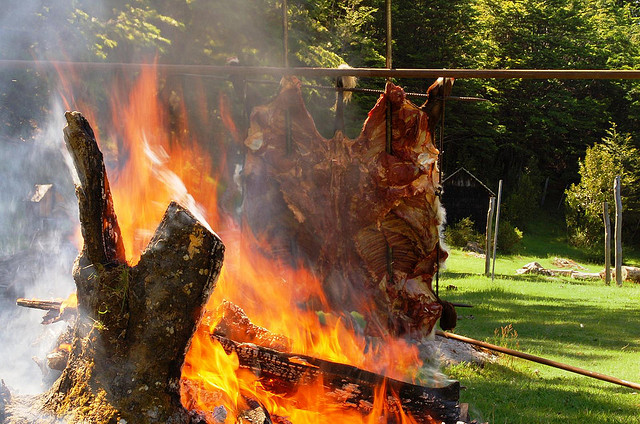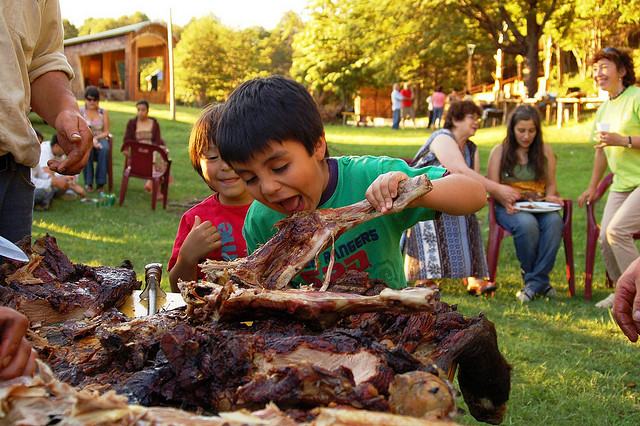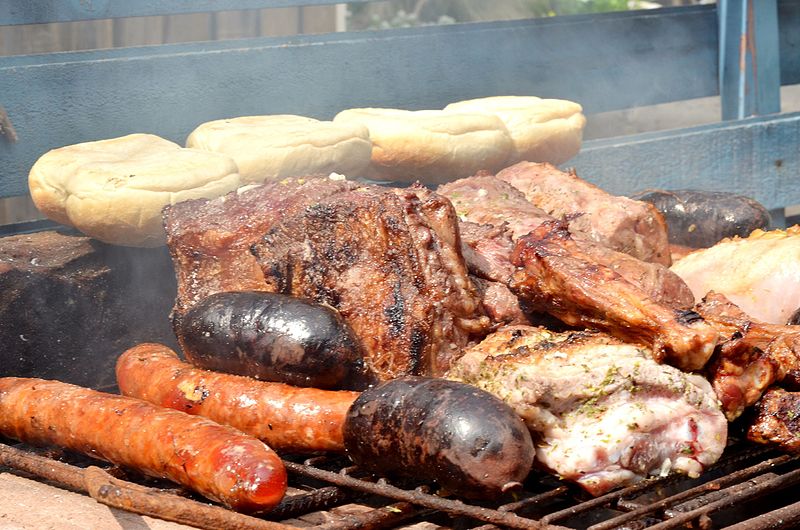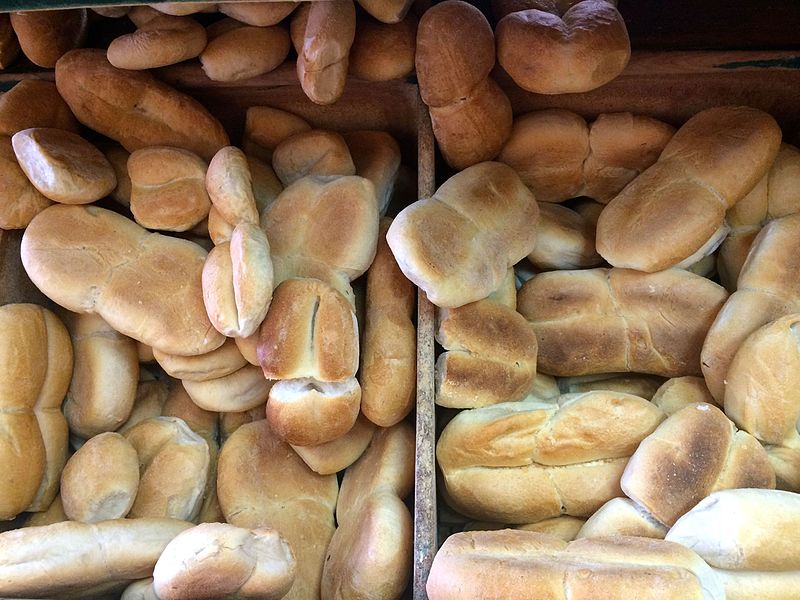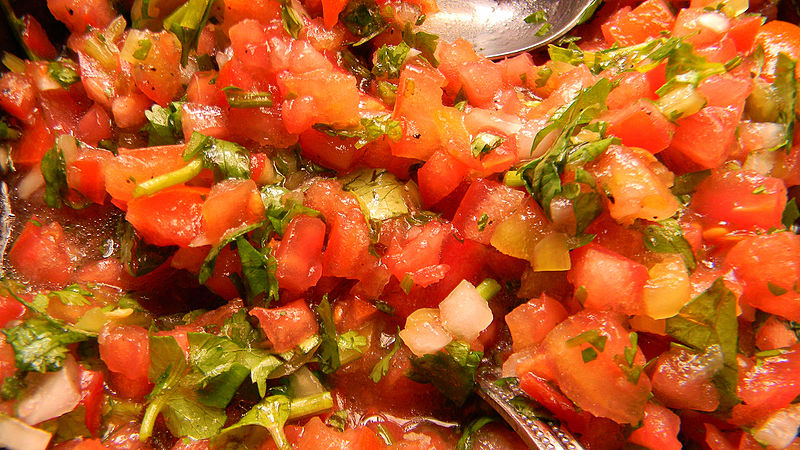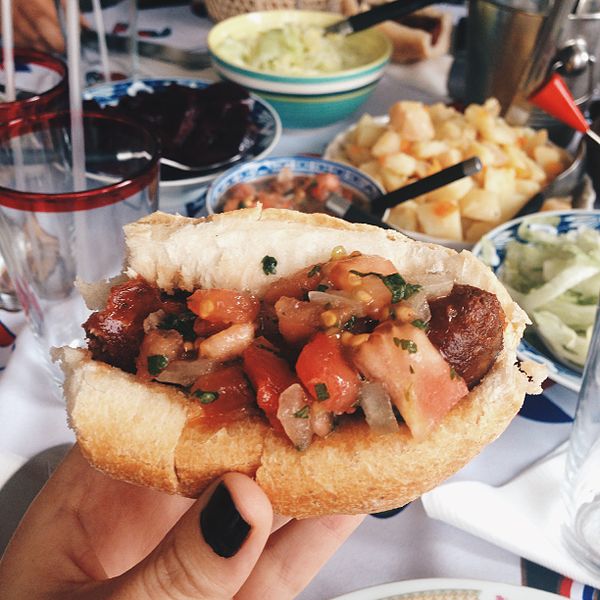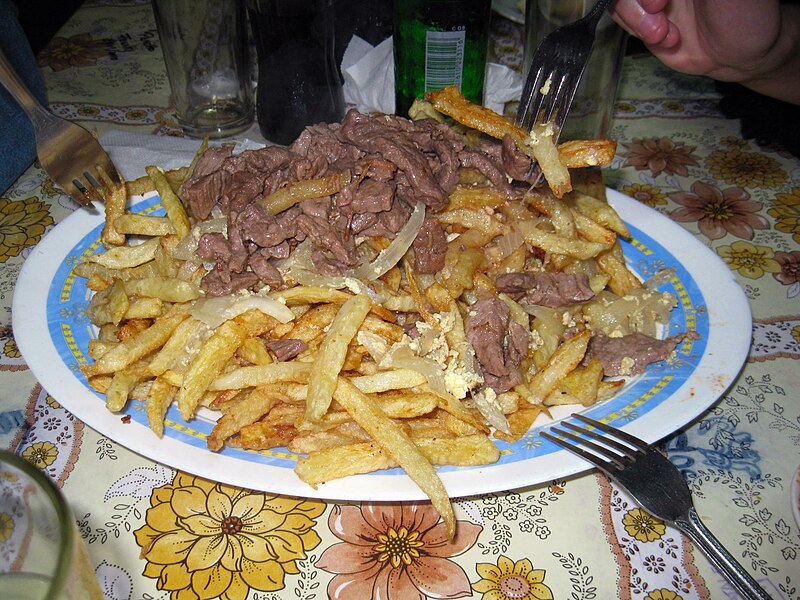Chilean inspiration in my romance books: Yours, Forever
February 26, 2024 | General
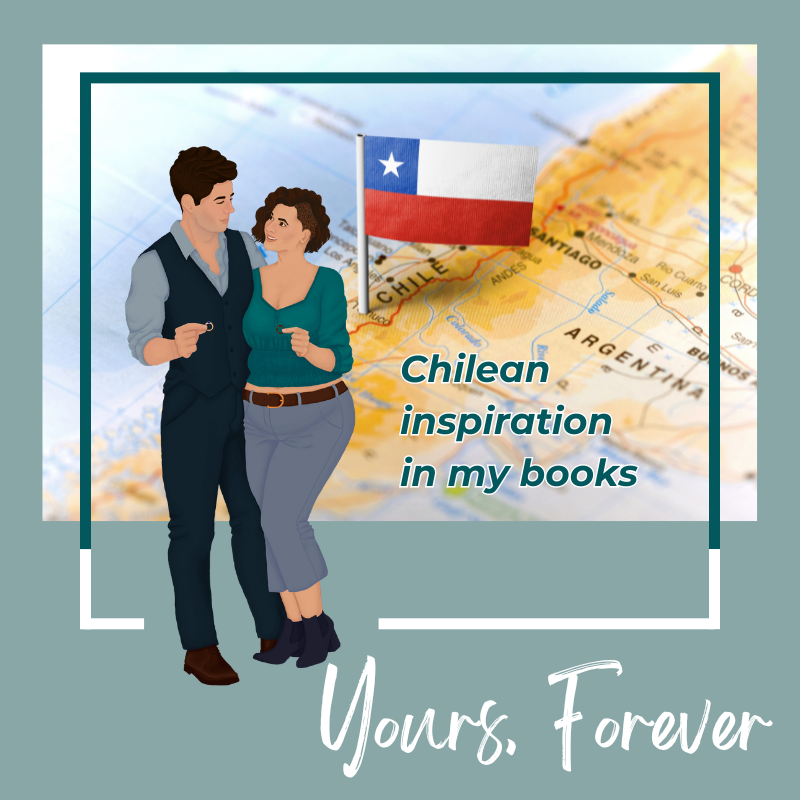
When Yours, For Now released in September 2023, I made a tour guide post to the book. It included information on the Sotomayor family, characters, food, and drinks that made an appearance in the story. I’m a Chilean immigrant in Canada, and I’ve spent significant time with Latine folks from other countries. That’s why there’s a lot of Chilean inspiration in my romance books, and why it’s important to me to reflect the diversity of Latin America, its peoples, and their cultures, as much as I can.
Now, with the release of Yours, Forever, I want to share with you a whole new layer of Chilean culture that features in this marriage of convenience romance! Another tour guide, if you will. Ready to learn more?
Dieciocho and its traditions
I believe that my identities help shape my stories. Part of my Chilean identity is el Dieciocho: September the Eighteenth. While it’s technically about celebrating Chile’s independence, it’s really a four-to-ten day long opportunity to get together with family and friends. During that time, we celebrate our culture; like one of my character says in Yours, Forever, cueca plays everywhere. September is a windy month, as Winter gives way to Spring, and kites and the Chilean flag look amazing in the breeze. Empanadas, asados, wine, chicha, and more are celebrated every day. In this new book in the Cozy Latine Billionaire Series, you will find more about…
Cueca
Every September, schools have student shows where children learn and practice different traditional dances, including cueca. They all have specific music associated with them. In the case of cueca in particular, which is the national dance, it tells the story of how a rooster seduces a hen. It also has a few variations depending on the area it comes from in the country.
An example of the dance
A video about some of the traditions
In Yours, Forever, the characters discuss how the whole dance is about flirting, and the slow burn between two people who want to be together. In there, I included a joke about myself. Because sometimes I wonder if I would be so into slow burns and tension if it weren’t embedded in my culture!
Asado
Even though barbeque is the most common meal of the Dieciocho, it is something we do from September to March. Sometimes, we even do it during winter. If it’s not raining, that’s enough for us!
Asado itself is an event that goes for hours. Poor Mr. Leonor went through cultural shock when confronted to a meal that lasts from 2 pm to midnight, give or take a few hours. Many bottles of wine are consumed; sometimes, chicha or terremoto are offered, as well as beer. For the children, pop is common.
Asado al palo (bbq on a stick), more typical in the South of Chile
See the people sitting around, chatting, eating, playing? This is asado 💜
Typical cuts of beef, pork, sausages, and bread that you might find at an asado.
The red sausage is a longaniza, and I’ll tell you more about it below.
The meal starts with picoteo, or finger foods. Chips are available, with mayo, mashed palta (avocado), or pebre to dip in. Choripán and grilled hot dogs cut into thirds are also typically available, as well as empanadas. After many rounds of that, the main meal is ready, with big pieces of beef, pork, or chicken plus salads (to make it a “light” main dish LOL).
No wonder it takes many hours, and a certain training, to know how to pace yourself and eat together with family and friends!
Choripán y Pebre
A typical starter for asados is choripán. It’s often spiced up with mayo and/or pebre. As there is a special mention of choripán in Yours, Forever, let’s dive a little deeper.
Marraqueta
This form of Chilean bread is one of my favorite. SO good, and intrinsic to choripán.
Pebre
Many recipes exist; each family has their own version. It typically consists of onion, tomato, lots of cilantro, an acid (lemon juice or vinegar), garlic, a vegetal oil, salt, pepper, and sometimes some spicy pepper chopped very small.
Choripán
Longaniza stuffed in a piece of Marraqueta. In this picture, you can see a choripán with pebre (and you can see the many salads of an asado in the background)
If my father knew about my author career, I would ask his permission to share the family pebre recipe. As it is, I hope you feel adventurous and experiment with it sometime! And keep in mind the longaniza, as there is a joke that Max makes about it that is so typically Chilean, it hurts.
Other Foods
Besides Dieciocho and its traditions, a few other Chilean foods and drinks make it into Yours, Forever.
Araucano
View this post on Instagram
I will admit I hadn’t looked into the history of this liquor, and now I wonder about appropriation of the Mapuche culture. It’s purported to have included indigenous pharmacology knowledge, but I doubt indigenous folk benefit in any way. After a quick search online, I couldn’t find anything at this time. Unfortunately, I am currently disconnected from my indigenous ancestry. Based on what I know of my family history, I wonder if I have Mapuche ancestors. I wish I could ask them about it!
I do miss this liquor, though. I’d like to figure out the ethics of consuming this drink, because I would love to have it again.
Calzones Rotos
Fried dough, where you make a hole in the middle and twist one end through to create a knot. Literal translation: broken/torn undies (!). Powdered sugar is sprinkled on top.
We eat calzones rotos with tea, especially on cold days, generally in the late afternoon.
Chorrillana
This bar food is a shareable meal. See the three forks digging in? There are a few versions of it, but the base is this: a bed of fries, with or without sausage or chopped hot dogs, fried or caramelized onions, thin slices of meat, and sometimes a fried egg on top.
Sobremesa
Apparently, this is a word and tradition we inherited from Spanish colonialism. It’s also one of my favorite memories from being together with people.
It consists on prolonging the time at the table after a meal. It’s a relaxing and connecting time, where there may be dessert and hot drinks like coffee, teas, and other infusions; or liquors, digestifs, or other alcoholic drinks. It can last for several hours.
Final words
It’s incredible to think that, after two books and two posts about my culture, there is so much left unsaid. When I was eighteen and did an international exchange program, they taught us that cultures are like icebergs: you can only see so much on the surface. Most of it will remain hidden underwater. Now as an immigrant, this is knowledge that I carry with me every day.
I will never be able to fully express the range of experiences that someone from Chile might identify with. Even now, I can think of several tidbits of culture I have yet to mention. The thing is, describing an ethnicity or culture will always fail under a microscope. The more you look into how an individual experiences their intersections, the more you will find granularity and differences. Meanwhile, if you zoom out and look at humanity as a whole, you will find common experiences.
My books are a vehicle of cultural exploration. Different pieces will show up with each story. My next book, Yours, Finally includes my final Chilean character. I wonder what parts of my culture will show up through it! My hope is that, as a whole, you will get to visit parts of my history with me.
